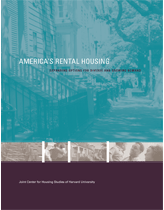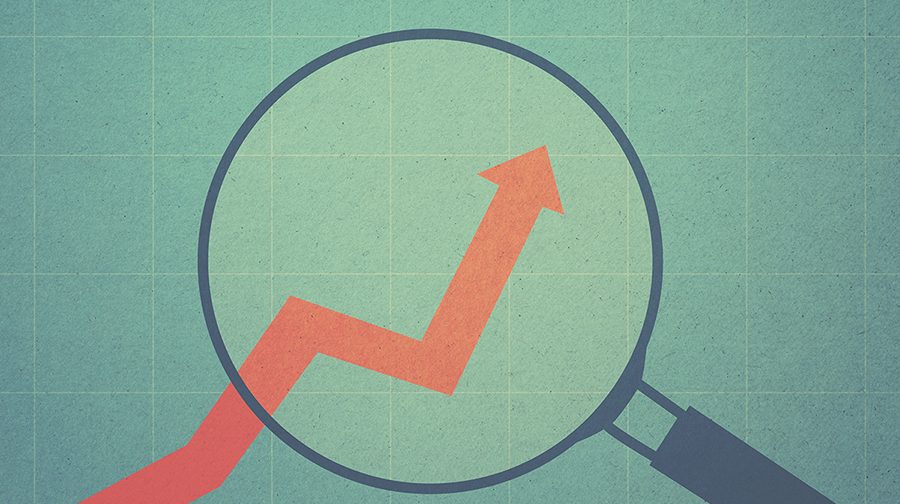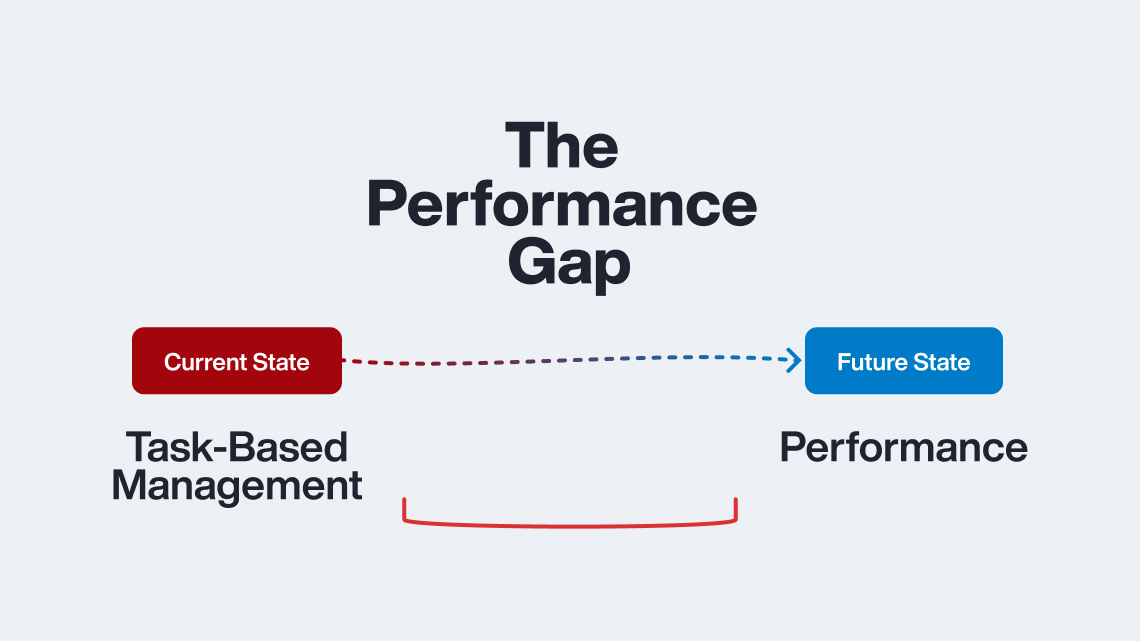Published on January 15th, 2016
By Rachel Jefferson
 A December 2015 report from Harvard’s Joint Center for Housing Studies highlights some of the reasons for America’s growing rental market. Not only has the number of rented households surged in the last decade to create the highest proportional demand since the 1960s, demand has increased across different age groups and economic levels. While many Millennials may rent because they don’t have a down payment or can’t qualify for a mortgage yet, Baby Boomers might also rent because they were left bereft after the recent housing crisis or have simply soured on the merits of homeownership. In addition, aging Boomers are more likely to transition from middle-aged homeowners into senior renters. Here’s a look at who will drive rental growth in 2016.
A December 2015 report from Harvard’s Joint Center for Housing Studies highlights some of the reasons for America’s growing rental market. Not only has the number of rented households surged in the last decade to create the highest proportional demand since the 1960s, demand has increased across different age groups and economic levels. While many Millennials may rent because they don’t have a down payment or can’t qualify for a mortgage yet, Baby Boomers might also rent because they were left bereft after the recent housing crisis or have simply soured on the merits of homeownership. In addition, aging Boomers are more likely to transition from middle-aged homeowners into senior renters. Here’s a look at who will drive rental growth in 2016.
Rental Housing Demand Demographics of the Past Decade
First, it’s interesting to compare rental vs. homeownership trends over the last decade. Since 2005, the increase in the number of rental households has been an unsurprising result of a decrease in the U.S. homeownership rate. In the last decade, the national homeownership rate dropped from almost 70 percent to just about 64 percent. At the same time, the number of rented households increased from about 34 million to over 42 million.
It is still true that average incomes, household sizes, and ages of renters tend to be lower than they are for homeowners. Still, a closer look at the actual people who are now choosing to rent reveals a lot of diversity:
- At the same time that people with lower incomes are more likely to rent, the number of renters with the highest incomes actually increased at a faster rate than the number of renters with lower incomes.
- Even though singles and couples accounted for rental growth at 33 and 18 percent, respectively, families with children still accounted for a quarter of the growth.
- While immigrants and minorities drove about two-thirds of U.S. rental growth, native-born Americans who identified themselves as white accounted for the other third.
- Some members of the Millennial generation are still teenagers, and they are likely to start renting when they become independent or go to college.
- The generations immediately preceding Millennials, Gen-X and Gen-Y, are much less likely to transition to homeownership than Boomers did at the same age.
- As Boomers transition into retirement, they are likely to transition from owners to renters in order to downsize or enjoy more accessibility of services.
Rental Growth in 2016 and Beyond
It’s getting harder to describe an average renter in the United States. At the same time, it’s clear that renting is an increasingly popular option across different population groups. For example, as Baby Boomers give up their homes, the younger generations aren’t rushing to replace them in great numbers. The Harvard study confidently predicted a continuation in the rate of rental growth for 2016 and several years in the future.
The study attributes this increase mainly to three factors. These are more members of the Millennial generation becoming independent, more members of the Boomer generation becoming seniors, and an increase in immigration. Other factors that may contribute to this growth include lower incomes in service jobs, the burden of college debt, and tighter mortgage rules. However, the writers of the study admit that they aren’t sure these lesser factors will remain the same in the future. Still, even if these trends change somewhat in the next decade, the simple increase in the predicted number of U.S. adults would increase the number of rentals by over 4 million households by the end of the next decade.
You might also enjoy:
Sacramento Seeing Low Supply, High Demand & High Occupancy in 2016









Comments by Rachel Jefferson
How Not to Get Sued in 2017
Hi Adrienne, thanks for your comment. While this webinar is ...
Eat. Sleep. Hack. Repeat. AppFolio Gets Back to Basics with Annual Spring Hack Day
Hi Beverly! Thanks for the feedback! We love hearing ...
4 Growing Property Management Businesses Share Their Secrets to Success
Thanks Ridley!
Homeowners Associations vs. Property Management – What’s the Difference?
Hi Derek, thanks for your comment/question. HOAs do have ...
Is Affordability a Real Concern in the Portland Rental Market?
Jared - According to Axiometrics 2016 market predictions, ...